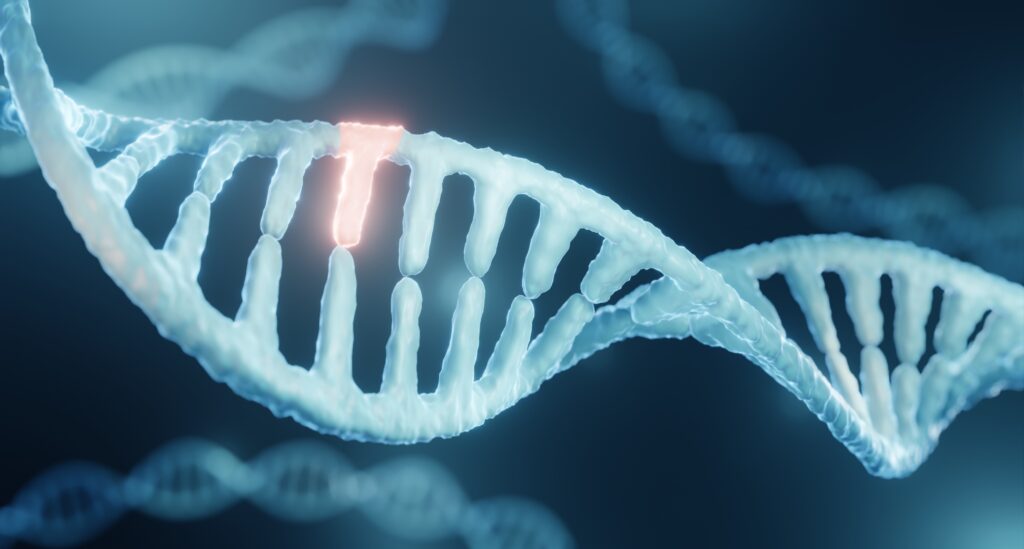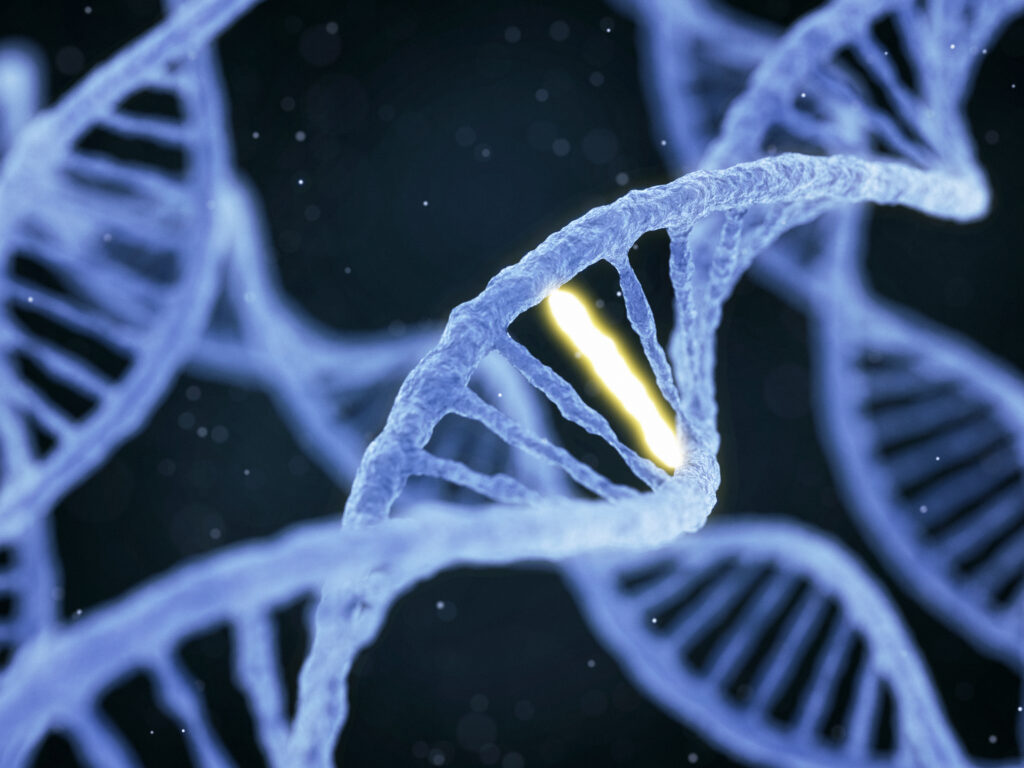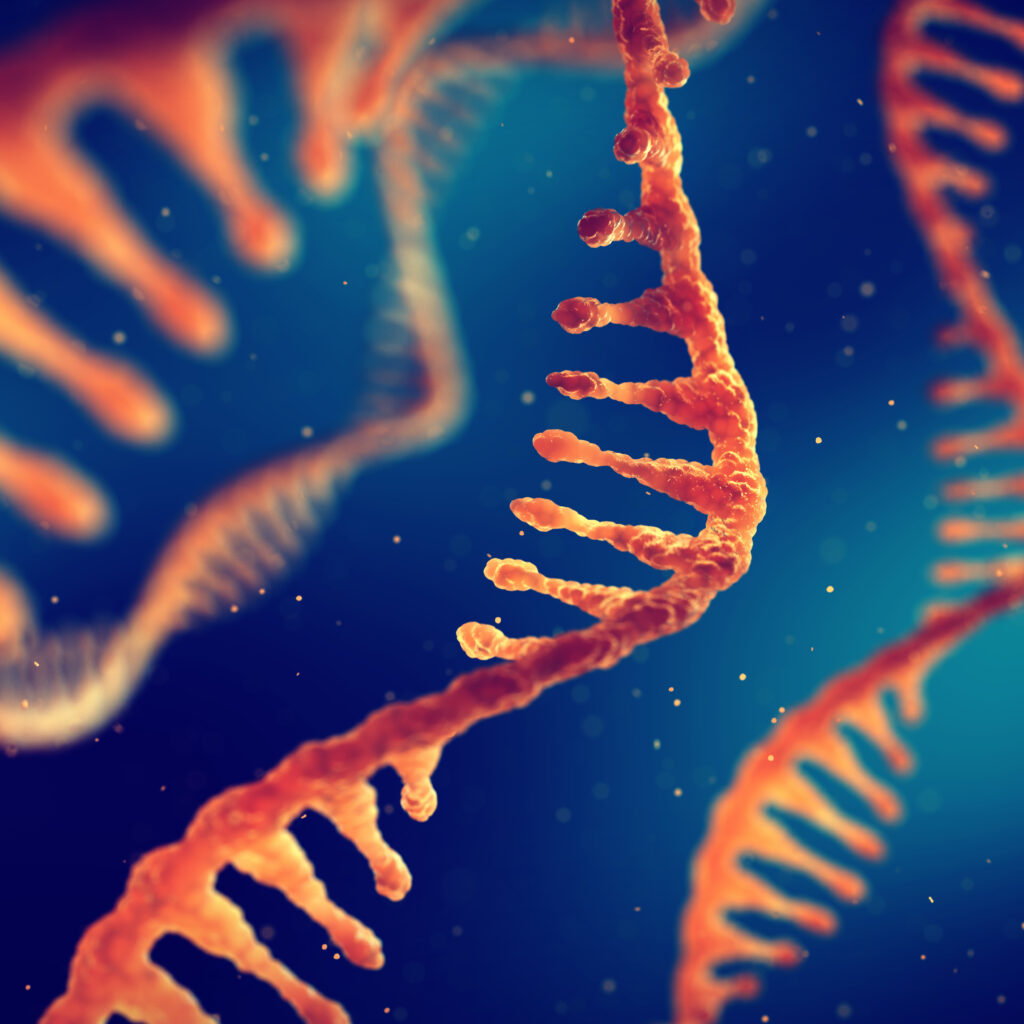
Kenneth R. Miller and the Problem of Evil, Part 3
(This is the third of three posts on Kenneth Miller and the problem of evil.) I think the reason for Miller’s deep disdain of a relatively minor difference in our positions on evolution is not scientific. Rather, it’s theological. It’s called the problem of evil. Briefly stated, if God is responsible for designing not only the lovely parts of biology, but also the dangerous and nasty parts as well, then we have a theological problem on our hands. What kind of a God designs not only pretty flowers, but deadly malaria, too? Is God actually malicious? On the other hand, if God simply designed a process like Darwinism that He knew would lead to life, then, the thinking goes, He Read More ›








